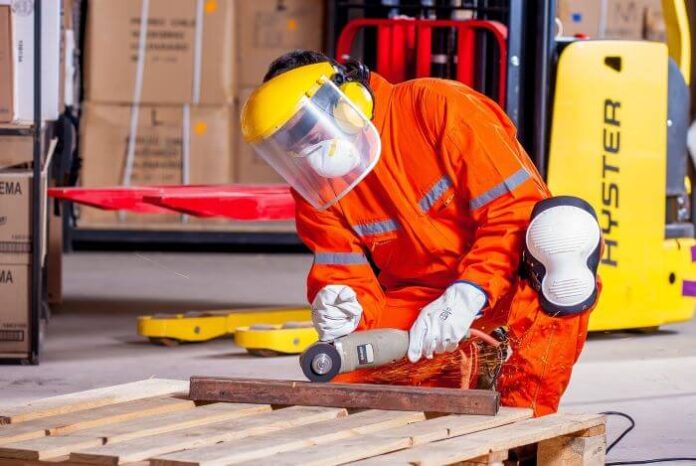Your employees are your most valuable asset, but there are risks and hazards in all industries. This is why you must make health and safety a priority to reduce the risk of an accident or injury, which could harm your business in many ways.
You do not want the people that you are responsible for to suffer any kind of injury, plus accidents and injuries can lead to downtime, lawsuits, drops in morale, and much more. So, what can you do to make health and safety a priority?
In this article, we will be exploring some ways you can give health and safety practices a better place in your workplace. If this sounds like what you would love to read, then let’s get into it!
Ways to Prioritize Health & Safety Practices in the Workplace
1. Know Your Duty
Making health and safety a priority all comes from the top and you need to be aware that it is your legal duty to provide a safe working environment for your team. This also includes doing the same thing for anyone else that might be affected by work activities.
According to the industry, employers have different factors to keep into consideration. If you are a construction company, for example, then there are many different hazards to be aware of. And you will need to provide hi-vis equipment and PPE to your team. meanwhile, in the banking sector, policies will focus more on adequate office workstations.
So, identify what things you need to put in place to make the work environment safer and more conducive for your team based on your industry.
2. Conduct a Risk Assessment
As mentioned above, there are different hazards and risks in every industry. This is why conducting a risk assessment is so important as this will help you to identify every risk in your life of work. This should always be conducted by a specialist so that both big and small risks can be identified.
Once you know all of the risks that your workers face, you can then find ways to remove or mitigate these risks. This is your responsibility, and you must prioritize it if you are really serious about the health and safety of the people working for you.
3. Appoint a H&S Officer
To create a culture of health and safety in the place of work, you should designate someone as the health and safety officer. This will be someone that earns a qualification and will then be responsible for managing policies, training, and procedures.
This will ensure that everyone knows what the rules are and who to go to if they have any health and safety questions or concerns. You will be surprised how this will help improve the health and safety of everyone in your workplace.
4. Promote Communication
Following this, communication is hugely important in creating a culture of health and safety in the workplace. There should be strong two-way communication between managers and employees so that any concerns can be brought up and addressed.
Effective communication in the workplace can also encourage reporting in such a workplace. When employees feel comfortable reporting health and safety concerns, they can help identify potential hazards and prevent accidents and incidents.
Also, effective communication can help foster collaboration among employees and departments, leading to the development and implementation of better health and safety practices
5. Provide Ongoing Training
Providing ongoing training is an important health and safety practice that should be prioritized in the workplace. Ongoing training helps employees stay up-to-date on the latest health and safety best practices, understand new regulations and policies, and develop the skills they need to work safely and prevent accidents and incidents.
Training can cover a range of topics, including safe work procedures, emergency response protocols, the proper use of personal protective equipment, and hazardous material handling. Regular training can help employees understand the risks associated with their job tasks and provide them with the tools and knowledge they need to work safely. It can also help to reinforce safe behaviors and promote a culture of safety in the workplace.
Final Note
These are the best steps to take to create a culture of health and safety in your place of work, which will protect the well-being of your team and benefit the business as a whole.
So, if you are really concerned about the health and safety of your employees, read this post again and start taking steps toward everything you have read there.







